It all started with a sip — or did it?
When most of us think of Japanese sake, we instantly think of nihonshu or shochu. This, however, is a somewhat incorrect assumption, as sake’s literal translation is, after all, “alcohol,” and it’s about time we begin to include other key players into the discussion. Say, Japanese beer and wine, at the very least.
This important reminder hits us visually and verbally as soon as we open the newly launched bilingual website “Your Sake Journey,” an initiative by Japan’s National Tax Agency to expand the spectrum and recognition of the term sake.
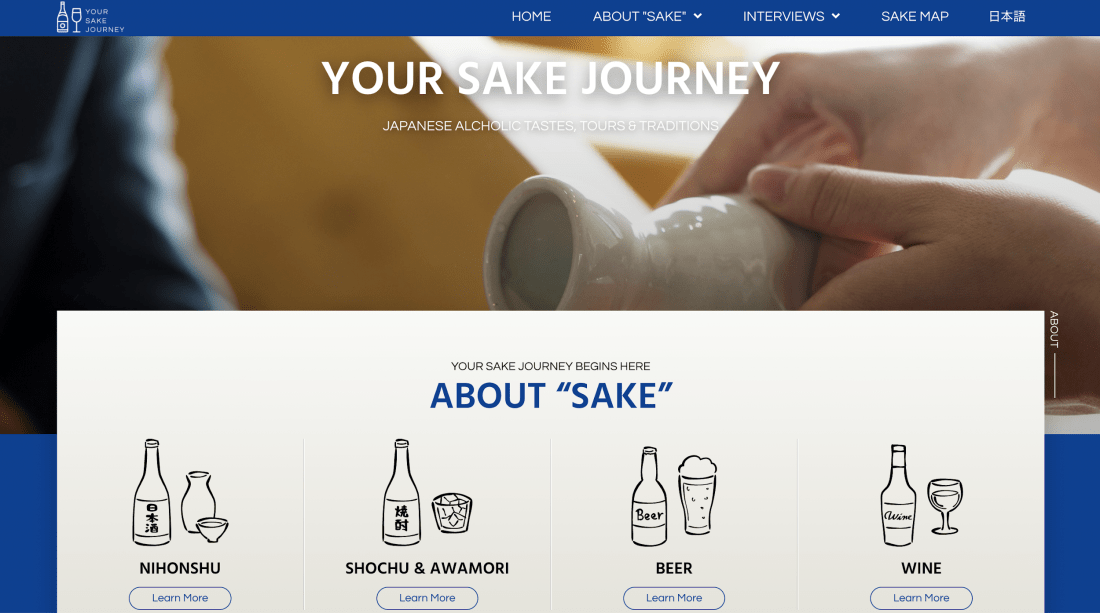
As a primary feature, the website provides a guide on the history and making of Japanese sake, including nihonshu, shochu, beer, wine and awamori, the Okinawan traditional spirit. The website also has a map of Japan’s key sake-producing regions and breweries for further reference, many of which offer guided tours to travelers, a highly recommended hands-on learning experience (and sake tasting).
But what makes Your Sake Journey stand out from already existing websites dedicated to Japanese sake is its features on sake professionals who aren’t necessarily all making sake in breweries. The intention is to make their point clear — sake is not just a product; it is a lifestyle.
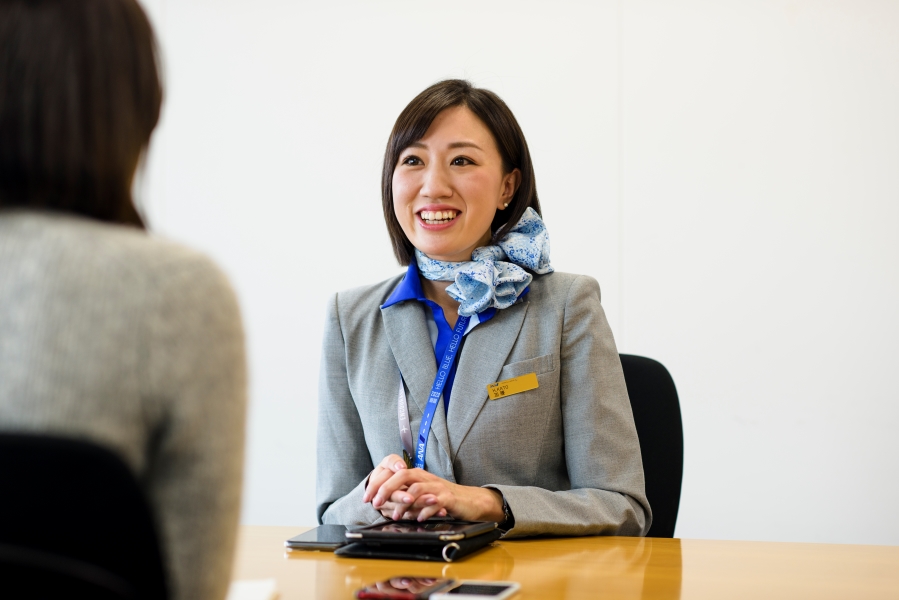
Featured in the first round of up close and personal interviews are four Japan-based professionals whose lives have been enormously impacted by Japanese sake. Honami Kato is an atypical sake sommelier: working as a flight attendant for All Nippon Airlines, she is a holder of the Japan Sommelier Association’s Sake Diploma International certification, a newly launched qualification program aimed at nurturing sommeliers with the knowledge to meet sake’s increasing popularity overseas. She pursued it because she wanted to answer the many questions of passengers who wanted to know more about the Japanese alcoholic beverages she was serving them in flight.
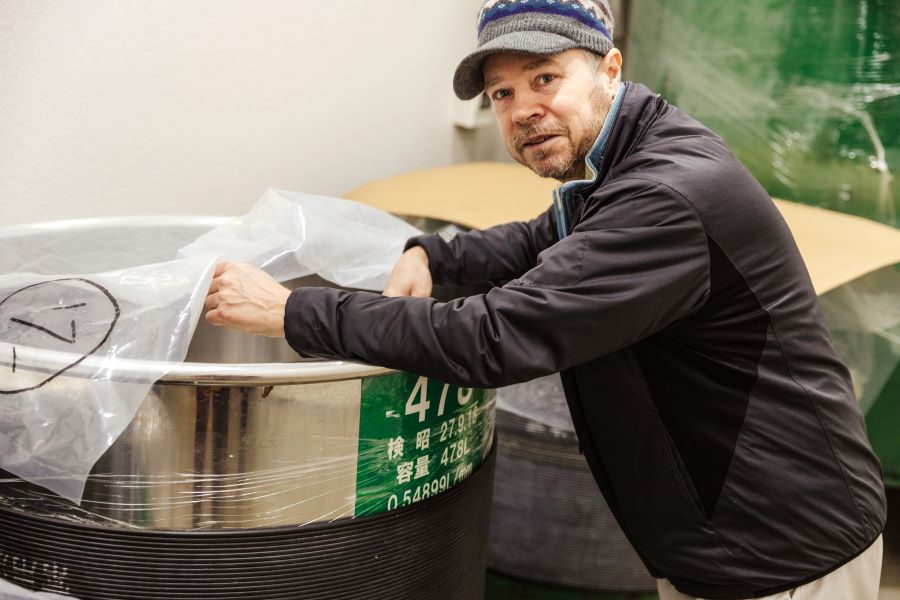
Kyoto-based sake brewer Philip Harper, a native Brit, an author of several books on sake and Japan’s first foreign-born individual to earn the title of toji (master sake brewer), recalls that his first Japanese meal ever was on a plane to Japan back in the late 1980s when he first visited the country as a JET based in Osaka. While it didn’t include sake at the time, he actively pursued it after he settled in Japan, along with two coworkers. The three of them eventually went on to quit their jobs to become sake brewers. In his interview with Your Sake Journey, Harper discusses his training at a sake brewery in Nara, the differences between sake from northern and central Japan, and what motivated him to use “spontaneous fermentation” instead of the conventional industry-approved yeast starters at his current brewery in rural Kyoto Prefecture.
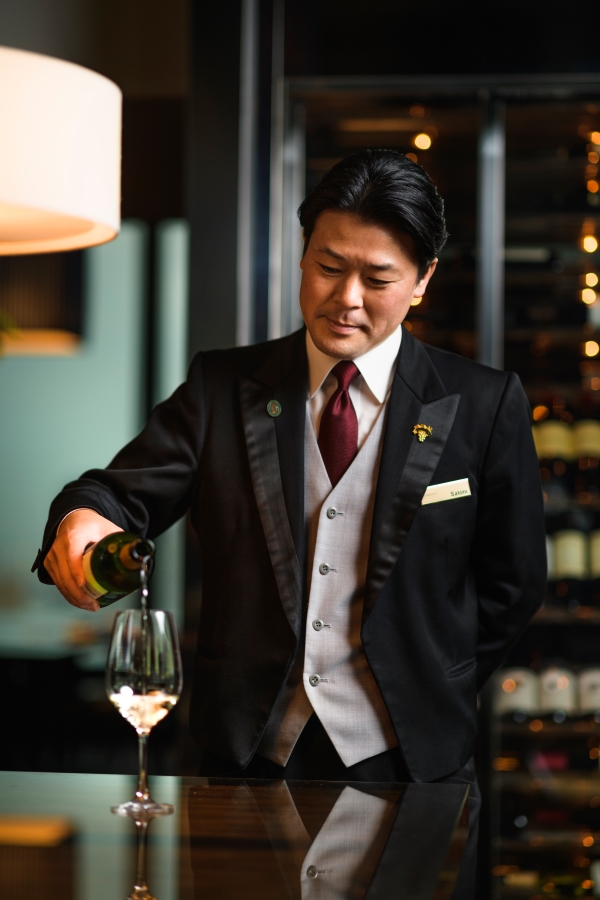
Conrad Tokyo’s executive sommelier, Satoru Mori, says he only started to drink wine because he wanted to become a wine sommelier — not the other, rather typical way around. Today Mori is an award-winning sommelier who can’t stop thinking of wine even when he’s off work. He tours Japan’s many wineries in search of the next discovery. “Japanese wine isn’t as well-known as other wines, though that isn’t necessarily a bad thing. That means that there is a chance for Japanese wine and Japanese wineries to create their own identity,” he tells Your Sake Journey.
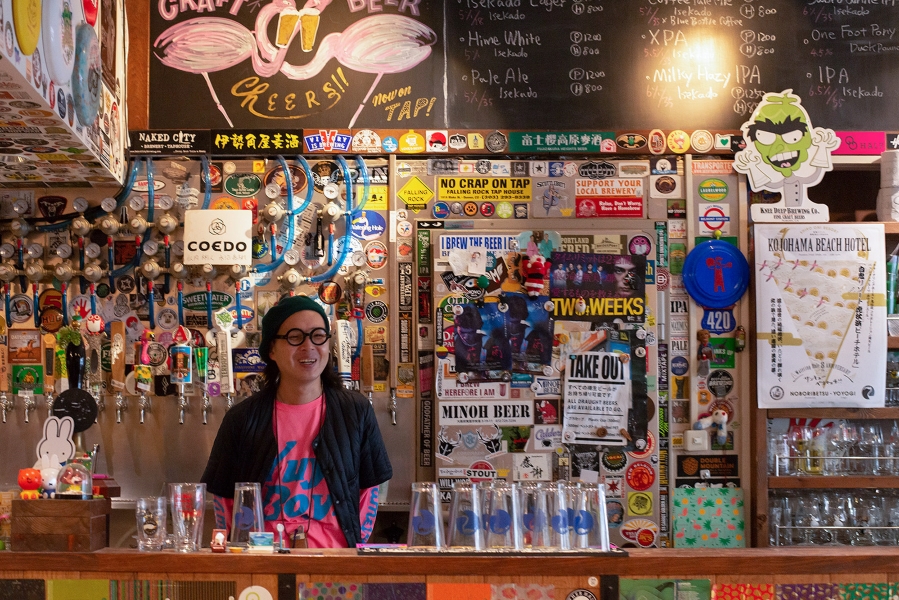
Shibuya-based beer connoisseur Yuya Hayashi, store manager of Watering Hole, a popular craft beer bar in Tokyo’s Shibuya Ward, is also on a constant quest to find the best craft beer around Japan and the world. He has tasted some 13,000 beer types and highly recommends Shizuoka Prefecture as one of Japan’s best beer destinations. “Japan initially brought over specialists from Germany, Britain and other places. After learning how to make it, we took it upon ourselves to develop our own flavors, creating something that resonated with our own regions and techniques, and eventually brought these flavors to the world,” Hayashi tells Your Sake Journey.
These in-depth interviews share the passion artisans have for the craft and remind us that sake is a more profound and, simultaneously, constantly evolving Japanese tradition that far exceeds the walls of sake breweries. As Harper said in his interview, “I had previously admired the sense of responsibility and professionalism within the saké industry, and after entering it myself, these feelings only deepened.” Getting up close and personal with sake and its making is a spiritual journey of discovery that perhaps teaches more about Japan’s culture than the sake-making techniques themselves — and this is precisely what Your Sake Journey aims to show its readers.
As part of its initiative to promote and expand the scope of sake awareness, the National Tax Agency has also created a series of short video episodes introducing various sake labels from five of Japan’s key sake-producing regions. These informative series, hosted by Chris Hughes, a certified sake educator and co-host of Sake on Air, a popular sake podcast, introduce sake from Gunma, Nagano, Tottori, Saga and Harima (Hyogo) through pairing the labels with a variety of local and international delicacies (including cheesecakes). The episodes’ main purpose is to show viewers how to best enjoy and experiment with sake at home.
https://www.youtube.com/watch?v=-keVO7ZZbYs
See more videos here:
- Your Sake Journey Video (Nagano)
- Your Sake Journey Video (Hyogo)
- Your Sake Journey Video (Tottori)
- Your Sake Journey Video (Saga)
With this new resource that puts something new on the table, perhaps it’s best to pour yourself a glass of sake — be it nihonshu or wine — sit, back and just enjoy the moment. Kanpai!
Sponsored Post








